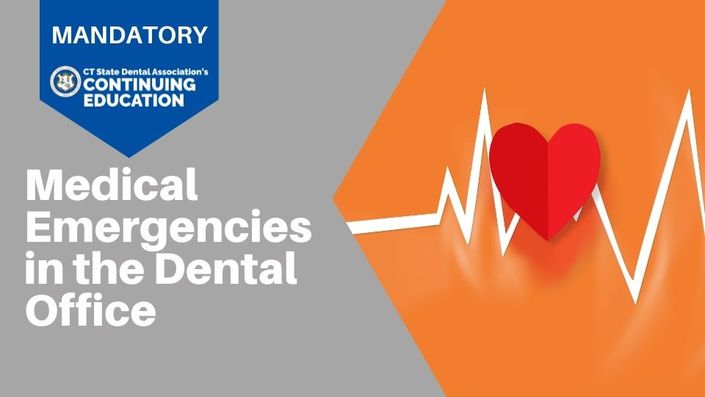This course will trace changes in prescribing methods over the past 40 years that may have, unintentionally, led to excessive narcotic prescribing, one of the causes of the current opioid epidemic. Dentists prescribe over 10% of immediate release opioids in the US, and perhaps a greater percentage of initial opioid prescriptions. As a result, statutory changes in regulation of narcotic prescriptions and prescribers have been promulgated in many states, including Connecticut. Non-opioid alternatives can be quite successful in controlling dental related pain. Pre-emptive analgesia, with combinations of long-acting local anesthetics and non-steroidal anti-inflammatory medications, has led to significant decreases in immediate and long-term pain perception.
Learning Objectives:
- Understand the severity of the current opioid epidemic
- Learn how opioid prescribing practices changed 20 years ago, and how well-meaning concerns about total elimination of pain indirectly led to the current overdose problems
- Understand the role of Dentistry in the narcotic epidemic
-
Understand why prescribing practices led to recent changes in Connecticut statutes concerning opioid prescribing. Statutory changes will be reviewed




